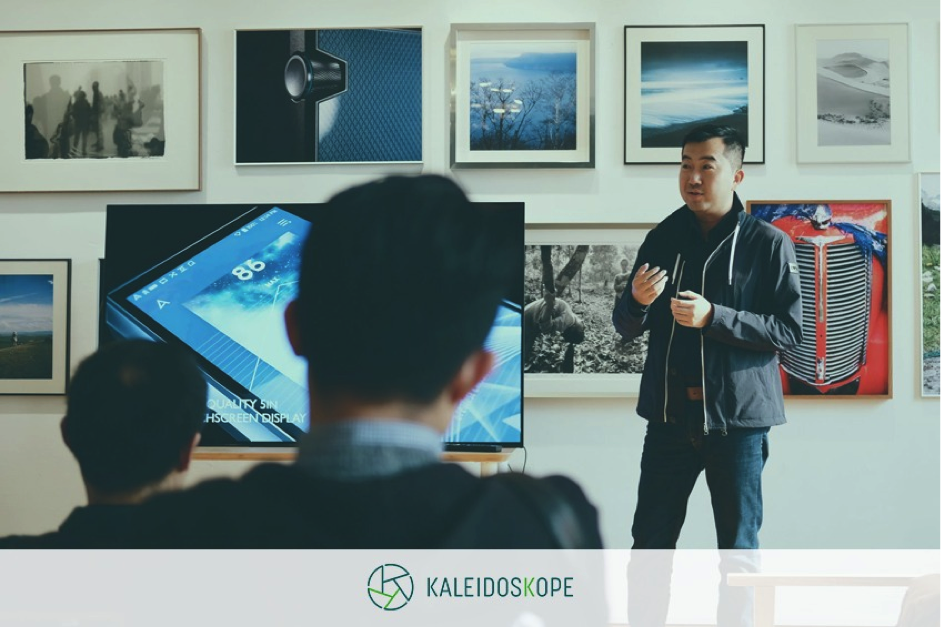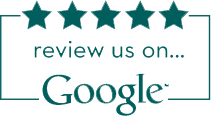Accelerative Learning – A Better Return on Training Investment (Part 3)

In Parts 1 and 2, we looked at the different types of learning story, introduced the concept of Accelerative Learning, explored the history of AL, how it is defined and the key principles for designing an AL program. In Part 3, we look at the AL cycle, how AL shows up in the classroom and the delivery approach, content design and benefits of an AL program.
The Accelerative Learning Cycle
When designing and facilitating an AL program, the AL cycle provides a broad but flexible template that helps ensure that all the principles of AL are met. The Accelerative Learning Cycle consists of the following five phases (Kinnard 2007):
- Learner Preparation Phase:
This involves prework designed to engage the learners minds and hearts before they actually arrive at the session. It prepares the learners for what is to come and makes it real.
- Connection Phase:
This involves consciously designing the program to allows participants to connect with the content at many different levels: intellectual, emotional and at times physically. It is the phase where the facilitator makes the most “boring” of subjects come to life.
- Creative Presentation Phase:
In this phase new material is presented, or learners are allowed to discover and develop new information in interactive, creative and memorable ways using mixed media and different structured learning methods.
- Activation Phase:
Here, learners begin to use the new information in a controlled and structured way using games and small group or whole group activities that are fun and meaningful. At this point, the facilitator is handing off the baton as learners’ competency increases.
- Integration Phase:
This phase brings the session to a close. It allows learners to transfer the learning to their lives through personal and group reflection and feedback and the development of ongoing learning commitments.
How does AL show up in the classroom?
Classroom environment:
Creating the right classroom environment is crucial to an effective AL training session. The classroom setting needs to be colourful, comfortable and naturally stimulating. It needs to feel like fun; designed to help the participants relax and eliminate whatever uncertainty, stress or learning barriers they may come in with. The setting needs to be collaborative and mutually supportive.
This can be created by careful room set up, using cabaret style layout, choosing a room with natural light, using colourful table throw overs, providing table toys, using bright image-based content and peripheral posters and the skilful use of music.
Delivery approach:
The delivery approach needs to be learner-centred as opposed to teacher-centred. The AL facilitator needs to be skilled in:
- Using open-ended questions to create and hold discussion
- Active listening to ensure all participants are engaged and heard
- Attending to their own nonverbal communication to energise the session and support the learning process
- Observing the participants, inferring what they are up to and taking action to keep the learning on track.
Content and material:
Content needs to be designed to appeal to all three of the learning modalities; audio, visual and kinaesthetic. This requires a skilful blend of speaking, written content, posters and images, video, music, and activities involving group discussion, games and physical engagement. Time also needs to be built into the session for contemplation and reflection to allow the learning to be processed and assimilated by the participants.
What are the benefits of Accelerative Learning?
AL is effective because it actively engages learners in driving their own learning. People leave an AL training session having had fun, feeling engaged and excited and ready to implement what they have learned in the workplace. It is a total system for speeding and enhancing both the design and learning processes that provides a consistently high level of return on any training investment.
In the words of Gary Schornack, “Our challenge as instructors is to help the student learn more faster, easier, with greater retention. Accelerated learning is the method, and it is fun for both the instructor and student. We can help our students become world-class experts and gurus in our field if we are willing to change our thinking on how our students learn.”(Schornack 1996)
If you’d like to apply Accelerative Learning to training events at your own organisation, talk to us at Kaleidoskope, today.
Sources and References:
Bathla, Som (2018). “The Magic of Accelerated Learning: Discover Strategies for Effective Learning, Improved Memorisation, Sharpened Focus and Become an Expert in Any Skill You Want”
Conners, K (2018). “Accelerated Learning: Advanced Strategies for Improved Memorisation, Effective Listening and Increased Productivity”
Kinnard, Karen (2007). “The Accelerated Learning Cycle: Are You Ready to Learn? Am I Ready to Lead?“
Labiosa, Libyan; Atkisson, Alan (1996). “Accelerated Learning – The value of playing games, singing songs, listening to stories and how learning is improved by the power of suggestion”
Labiosa, Libyan; Randig, Sinéad; Cassone, Philip (2018). “The Accelerative Learning Road Less Travelled”
McKeon, Kevin J. (1995). “What is this Thing Called Accelerated Leaming?” Training and Development Journal, Vol. 49, No. 6.
Nitsche, Pearl (2017). “Nonverbal Classroom Management – Group Strategies that Work”
Schornack, Gary (1996). “Accelerated Learning Techniques for Adults – An Instructional Design Concept for the Next Decade”
Smith, Alastair (2016). “Accelerated Learning in Practice”
Wilkens, Jonathan (2017). “Accelerated Learning: Accelerated Learning Techniques, Memory Techniques, Improve Your Memory, Learn More in Less”
Zemke, Ron (1995). “Accelerated Leaming: madness with a method,” Training and Development Journal, Vol. 32, No. l 0
Additional Information:
(CAL 2019). The Center for Accelerated Learning – Click here to learn more
(ICAL 2019). International Centre for Accelerative Learning (ICAL) – Click here to learn more
(Administrate 2018). Administrate Group – Visit blog on how the World spent 359B on trainings
(Watson 2013). CCW Consulting LLC – Click here to learn more
Leadership Training
- Business Storytelling – A Critical Skill For Great Leadership
- Want to make history as a leader? Try studying these great leaders from history
- Solution Focused Leadership Coaching
- Leading the Way for Leaders: How Your Leadership Can Continue to Evolve
- How to Manage a High-Performance Team Made Up of Different Personalities
- Have You Mastered the 4 Leadership Fundamentals?
- Do You Practise Adaptive Leadership? Your Organisation Needs You To
- Why A Good Leader Needs To Understand Business Agility
- 20 Qualities of a Good Leader in Times of Change (A Checklist)
Corporate Training
- Why is your training, boring?
- Learning Initiatives at Work CAN Lead to A Great ROI. Here’s How
- Corporate Training Doesn’t Seem to Be Working? You Need an HPLJ Approach!
Facilitation Training
- Facilitate a High Impact Training Course with Accelerated Learning
- Accelerative Learning – A Better Return on Training Investment (Part 1)
- Accelerative Learning – A Better Return on Training Investment (Part 2)
- Accelerative Learning – A Better Return on Training Investment (Part 3)
Virtual Learning
Start Your High-Performance Learning Journey
WITH KALEIDOSKOPE NOW!

